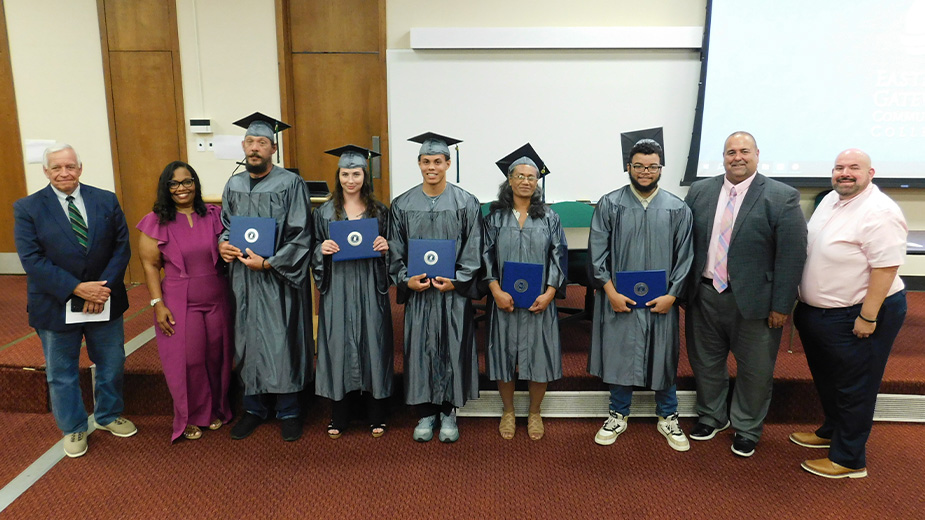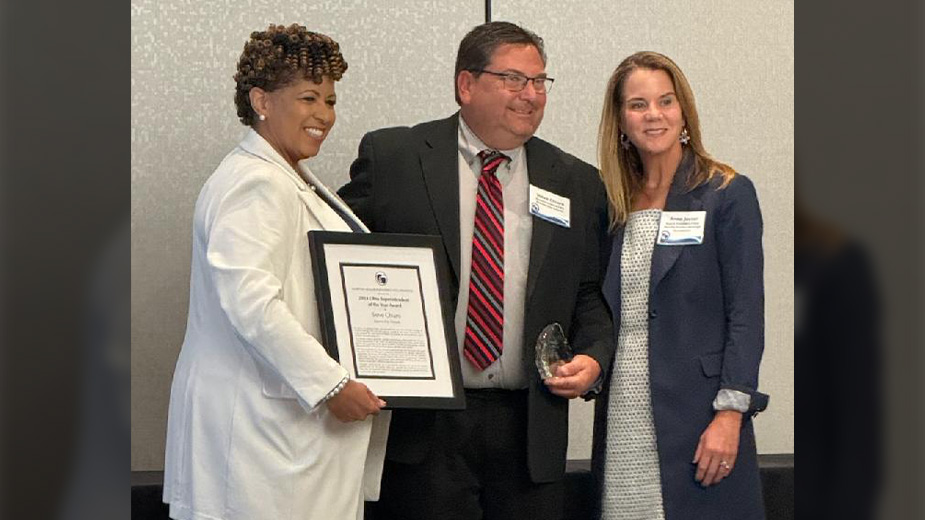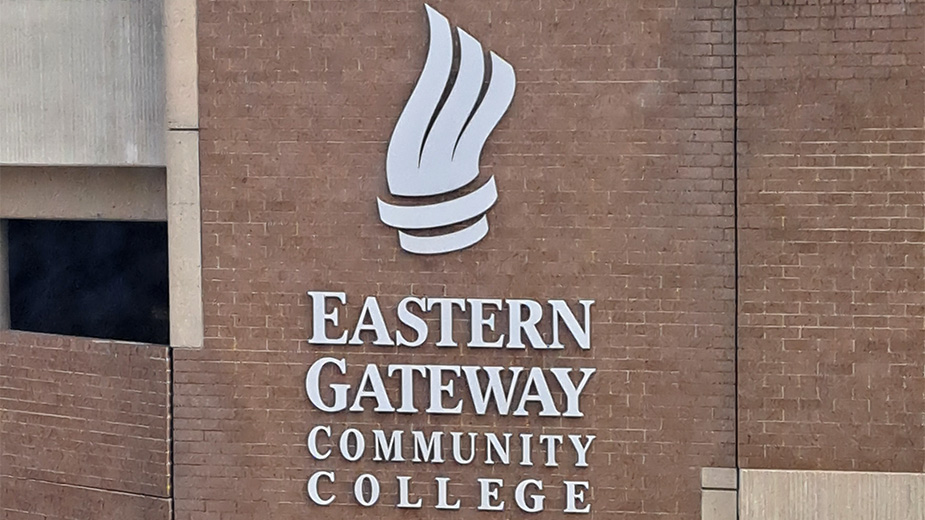YSU to Implement Cuts as Enrollment Declines
YOUNGSTOWN, Ohio – The Youngstown State University Board of Trustees on Monday approved measures that clear the way for budget cuts across the campus that could mean future staff reductions and the elimination of a number of programs.
Brien Smith, provost and vice president of academic affairs, said after the meeting that it’s his objective to realize “millions of dollars” in cuts by the fall semester of 2022.
“Maybe less than five million, but certainly millions of dollars in reductions,” Smith said.
The first phase of this plan would be announced by Nov. 15 and could include reductions in YSU’s workforce, Smith said.
“We would be seeking now to work with departments and our union to see how many people that might affect,” he said. “We hope to do this through a phased approach and give affected individuals time enough to think about how it might affect them.”
The Board of Trustees met earlier in the Chestnut Room at YSU’s Kilcawley Center for a public meeting and roundtable on ideas related to sustainability of the university. The board then relocated to the President’s Suite in Kilcawley and moved into executive session, where they deliberated for more than an hour and a half.
Smith said that a more comprehensive plan would be developed over the spring semester with input from the faculty and staff, as well as a prognosis of what the university’s financial affairs would look like should these cuts fail to be implemented.
“YSU’s budget deficit is, in part, a manufactured crisis caused by the administration’s choice to prioritize spending increases in non-instructional areas,” Susan Clutter, president of YSU’s chapter of Ohio Education Association, the union that represents full-time faculty. “We strongly and vocally support student-centered budgeting, which prioritizes classes, programs, and professors over marketing expenditures and expensive corporate consultants.”
The provost noted that the university could offer another round of buyouts for faculty, but cautioned that they probably “wouldn’t be as generous” as a previous voluntary separation and retirement program that was approved in April. Other reductions could come from attrition through planned staff and faculty retirements.
Among the other changes on the table are combining classes with multiple sections into a single class or reducing the frequency of some classes taught every semester to just every other semester, he said. “It’s really all about the number of students in those sections,” he noted.
Smith said that the university would evaluate those academic programs where there are “curricular inefficiencies,” that is, courses that on average draw low enrollment numbers.
“We’re in a situation whereas our enrollment is continuing to fall,” he said, citing figures released last week that showed 14-day enrollment at its lowest level since such data was recorded at the university.
The university’s enrollment has declined by 1,398 students, or 11%, over the last three years and now stands at an all-time low of 11,298, due in part to continued declines in high school graduates across the region, which expectedly is having a significant and negative impact on university revenues. Notably, the decline in enrollment is also contributed to by increasingly larger numbers of students graduating in recent years.
Smith said that while the university is struggling with fewer resources, these measures could open the door for growth in other programs, such as web-based instruction that could attract students from other markets. “We’re hopeful to think about new ways of getting revenue as well,” he said.
Smith also said that he’s optimistic enrollment could increase once the entirety of the pandemic subsides. “We’re hopeful that that will happen.”
Board Chairman John Jakubek said the university is exploring potentially doing away with programs that do not attract enough students to justify the investment in them. “We would disinvest those dollars and reinvest them where we think it would really benefit the students,” he said.
YSU President Jim Tressel said there was additional discussion over how to best increase retention and graduation rates at the university and maintain efficiency throughout the campus.
“We really think we can get better at that,” Tressel said. “Our responsibility is to provide the best opportunity for those students who do choose to come here.”
Tressel said discussions have focused over the last five years toward the future of YSU and any opportunities that lay ahead. “Where is it that we can be distinctive academically, where can we be the go-to place?” he asks rhetorically. “The reality is you may have to do a little less of this and a little bit more of that.”
Any change would be gradual, Tressel said. “We want to make sure we have a lot of conversation with all the stakeholders.”
Pictured: YSU President Jim Tressel.
Copyright 2024 The Business Journal, Youngstown, Ohio.



